Autism is a life-long developmental disorder that affects 1 in every 167 people in Singapore. With over 200 children diagnosed annually, there is a strong need to design an effective treatment option to enhance disease management and help patients improve their overall quality of life.
Cord blood that remains in the umbilical cord and placenta following the birth of a newborn is a rich source of hematopoietic stem cells, which have proven useful in the treatment of over 80 diseases including certain cancers and blood disorders. Compared to stem cells obtained from other sources such as bone marrow, cord blood contains the youngest cells that can be safely collected, presenting a potentially viable option in treating autism in children.
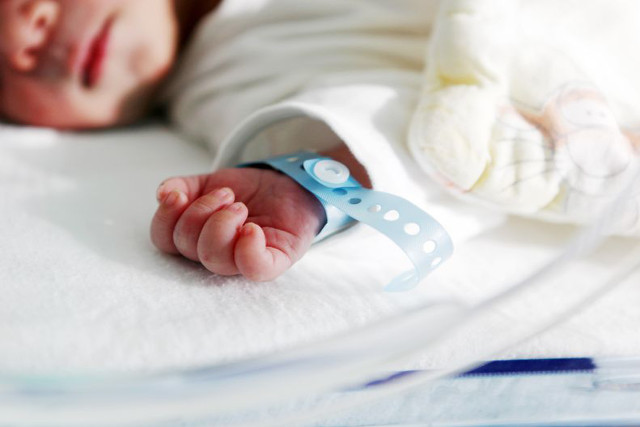
Cordlife has partnered with autism and epilepsy treatment pioneer Dr. Michael G. Chez from Sutter Medical Group, in the continued study to treat child autism with the patient’s own cord blood stem cells.
We spoke to Dr. Chez for more updates on his research and the early signs of autism.
TNAP: When do early signs appear?
Autism is a brain-based developmental disorder that affects one’s communication, socialisation and engagement in developmentally-appropriate behaviours. As a spectrum disorder, there is a wide range of symptoms that can be grouped in many different ways. Signs of autism appear early in development with most children showing symptoms by 12 to 18 months of age, while autism diagnosis in children largely occurs by the age of two years, with characteristic features of autism onset being a delay in language and social skills development, and repetitive behavioural patterns.
TNAP: What are the developmental “red flags” to watch for?
Development “red flags” of autism include but are not limited to difficulty with verbal and nonverbal communication, avoiding or resisting eye contact, obsessive interests and behaviours. Approximately 40% of children with autism find difficulty speaking, and about 25% – 30% of children with autism speak several words at 12 to 18 months of age but soon lose them. Others might speak later in childhood.
TNAP: What are signs of late onset autism?
The signs of late-onset or regressive autism are the same as early-onset autism, however, the timing is different. Early-onset autism is categorized as children who show signs within 12-18 months of age, whereas late-onset autism appears in children who develop normally then between one to two years of age have difficulties with their speech capabilities, behaviour and social interactions.
TNAP: What are some of the common misconceptions/myths about Autism?
Common misconceptions and myths about autism include the following:
- That the appearance of autism is relatively new when in reality the earliest case was documented in 1799.
- Patients on the autism spectrum prefer isolation, when in fact most children and adults often want social interaction but lack the social development skills.
- That autism is not genetically inherited, however, more families are experiencing multiple members with autism spectrum disorders.
- Symptoms of autism get worse with age, but in reality autism is not a degenerative disability and children and adults with autism should continuously improve with the right treatments and behavioural medications.
TNAP: Autism is a life-long developmental disorder, and is currently without a cure. However, personalised therapies and behavioural mediations can bring about significant improvement. What are some of the therapies and behavioural mediations used to improve Autism?
Autism is a life-long developmental disorder that is currently without a cure. At the moment, personalised therapies and behavioural medications can bring about significant improvement.
In Singapore, 1 in 167 people are affected with autism and with 216 new cases of children with Autism being diagnosed annually, the need for better treatment is increasing. Treatment for autism is a fairly new field for the medical community and is a growing area of interest for geneticists and doctors alike.
With a rising global need for advancing autism treatment and a personal research interest in childhood autism, my working partnership with Cordlife – the pioneer in Singapore operating the largest network of quality cord blood banks in Asia – will enable me to advance my research with physicians both in Singapore and across Asia to help improve the quality of life in patients with autism.
TNAP: Leading medical specialists around the world are also researching the use of umbilical cord blood stem cells for autism treatment in children. What are the new breakthroughs in this research?
I’m currently researching the use of autologous (own self) umbilical cord blood stem cells for autism treatment in children. This undergoing study examines 31 children aged two to seven who are separated into groups based on the type and degree of autism they suffer. I’ve been working with them for about two and a half years so far and I’m hoping to release findings in the next six to nine months.
TNAP: How does the use of umbilical cord blood cells help in the treatment of Autism in children?
As immune dysregulation has been proposed as a possible basis of autism, effective treatment for autism may involve modulation of the immune system, resulting in improved language and behaviour outcomes. Because cord blood stem cells theoretically have the potential to re-programme or supplement unusual functions of the immune and central nervous systems, and possibly stimulate innate stem cells, cord blood is an attractive candidate for investigation in treating autism in children.
TNAP: Any words of encouragement to parents with children with Autism?
While it can be a tough period when your child is first diagnosed with autism, you can find comfort in the fact that there are treatment options available. For one, umbilical cord blood stem cell therapy has been of rising interest to families who have children with autism. Because cord blood stem cells are a ready source of genetically-related stem cells for someone else like a sibling in the family, there is an exponential increase in having a matched unit available for future medical use if needed.
Also, I am currently in discussion with some of the top physicians in their respective fields in Singapore to explore the opportunities that are present here for autism treatment. Thanks to the advancement of medical science, you can always find hope in the options available to improve the quality of life for your child.
These questions were answered by Dr Michael G. Chez, a leading Neurologist and Director of Pediatric Neurology and Pediatric Epilepsy for both Sutter Medical Group and Sutter Neuroscience Institute. He is actively involved in the advancement of treatment of childhood autism, epilepsy, learning or degenerative diseases, and muscular dystrophy and spina bfida. With over 20 years of experience in the use of drug and immunological therapies for refractory autism and epilepsy, Dr Chez has been working with Cordlife on the possibility of bringing the experimental treatment of autism to Singapore. This is the first of such initiatives in Singapore.
* * * * *
Like what you see here? Get parenting tips and stories straight to your inbox! Join our mailing list here.
Want to be heard 👂 and seen 👀 by over 100,000 parents in Singapore? We can help! Leave your contact here and we’ll be in touch.


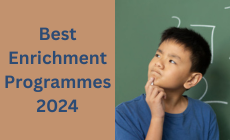









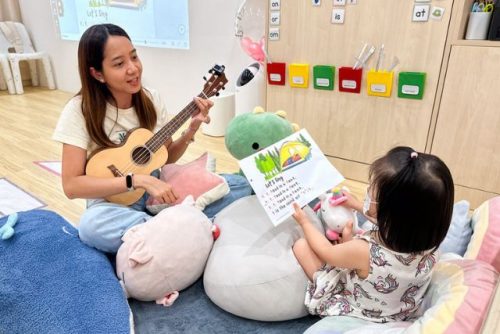



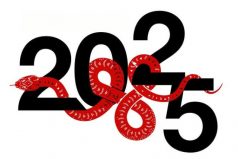
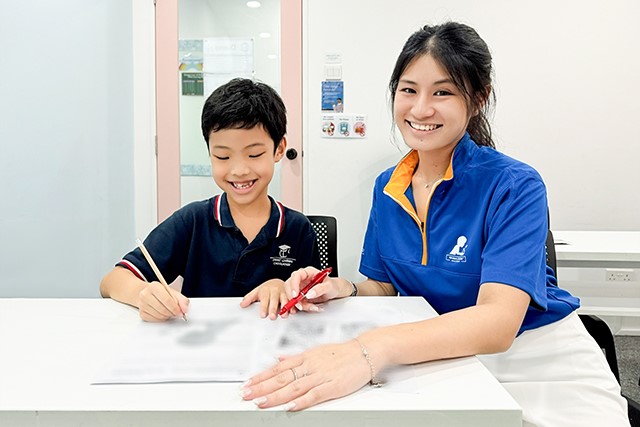























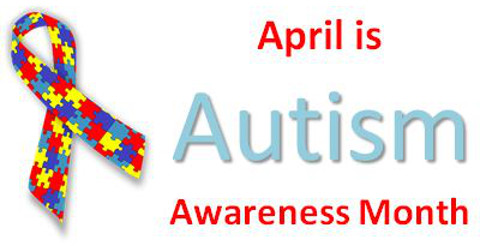



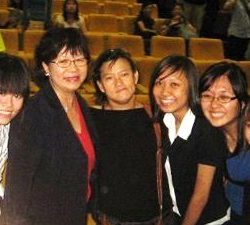



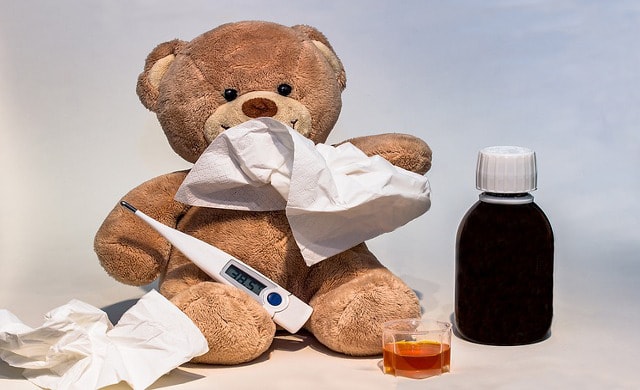
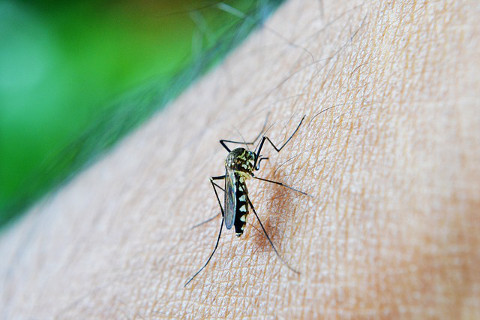










Leave a Comment: